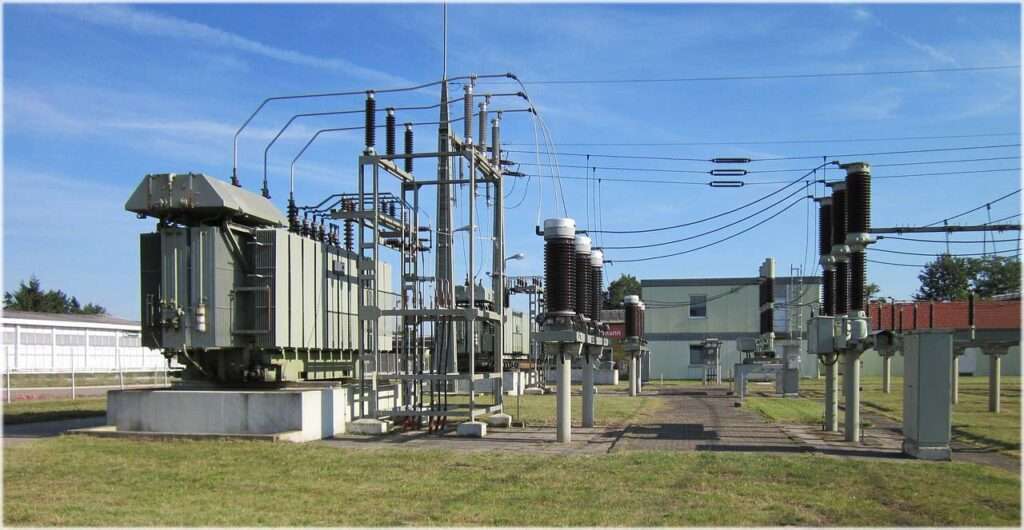Diversity Factor vs Demand Factor: Important Difference
In electrical engineering, diversity factor vs demand factor are two important concepts used to analyze and design electrical systems. While both factors relate to the load characteristics, they have distinct meanings and applications. This article aims to provide a comprehensive understanding of diversity factor vs demand factor, highlighting their differences and significance in optimizing electrical system performance.
Read More

Diversity Factor: Diversity factor refers to the ratio of the sum of individual maximum loads to the actual maximum demand on a system. It takes into account the probability that all loads connected to the system will not operate simultaneously at their peak levels. The diversity factor is always less than 1, indicating that not all loads reach their maximum levels simultaneously.
Example: Consider a commercial building with various types of equipment. The air conditioning system has a maximum demand of 100 kW, lighting requires 50 kW, and other miscellaneous loads add up to 30 kW. The total maximum demand (TMD) is 180 kW. However, during a specific period, the actual maximum demand (AMD) recorded is 120 kW. Calculating the diversity factor:
Diversity Factor = TMD / AMD = 180 kW / 120 kW = 1.5
In this example, the diversity factor of 1.5 indicates that the actual maximum demand on the system is 1.5 times less than the sum of the individual maximum loads. This occurs due to the varied operating patterns and usage profiles of the loads.
Demand Factor: Demand factor, on the other hand, refers to the ratio of the actual load to the maximum demand of a specific equipment or group of equipment. It represents the extent to which a load is expected to operate at its maximum level.
Example: Let’s consider a manufacturing facility with a production machine that has a maximum demand of 80 kW. However, during the observed period, the actual load on the machine is only 40 kW. Calculating the demand factor:
Demand Factor = Actual Load / Maximum Demand = 40 kW / 80 kW = 0.5
In this case, the demand factor of 0.5 implies that the machine is operating at 50% of its maximum capacity during the specific period.
Diversity Factor vs Demand Factor
The key distinction in diversity factor vs demand factor lies in the scope of analysis. Diversity factor considers the overall system, accounting for the likelihood of loads operating concurrently, while demand factor focuses on individual loads or equipment.
While diversity factor enables efficient sizing of electrical infrastructure by considering the diversity in load usage patterns, demand factor helps determine the utilization of specific equipment. Both factors are crucial in optimizing system performance, ensuring reliability, and avoiding over-sizing or under-sizing of electrical systems.
Conclusion
Understanding the differences in diversity factor vs demand factor is essential for electrical engineers and professionals involved in designing and analyzing electrical systems. While diversity factor captures the collective load behavior, demand factor provides insights into the performance of individual loads. By considering diversity factor vs demand factor, engineers can design and optimize electrical systems to meet the specific demands of diverse loads efficiently.
Related Posts:
- What is Demand Factor and Diversity Factor?
- Transformers: Important Types, Features
- Transformer Oil Testing: 9 Important Tests
- 10 Transformer Tests Before Commissioning
Subscribe to our Newsletter “Electrical Insights Daily” to get the latest updates in Electrical Engineering. You can also Follow us LinkedIn and Facebook to see our latest posts on Electrical Engineering Topics.
